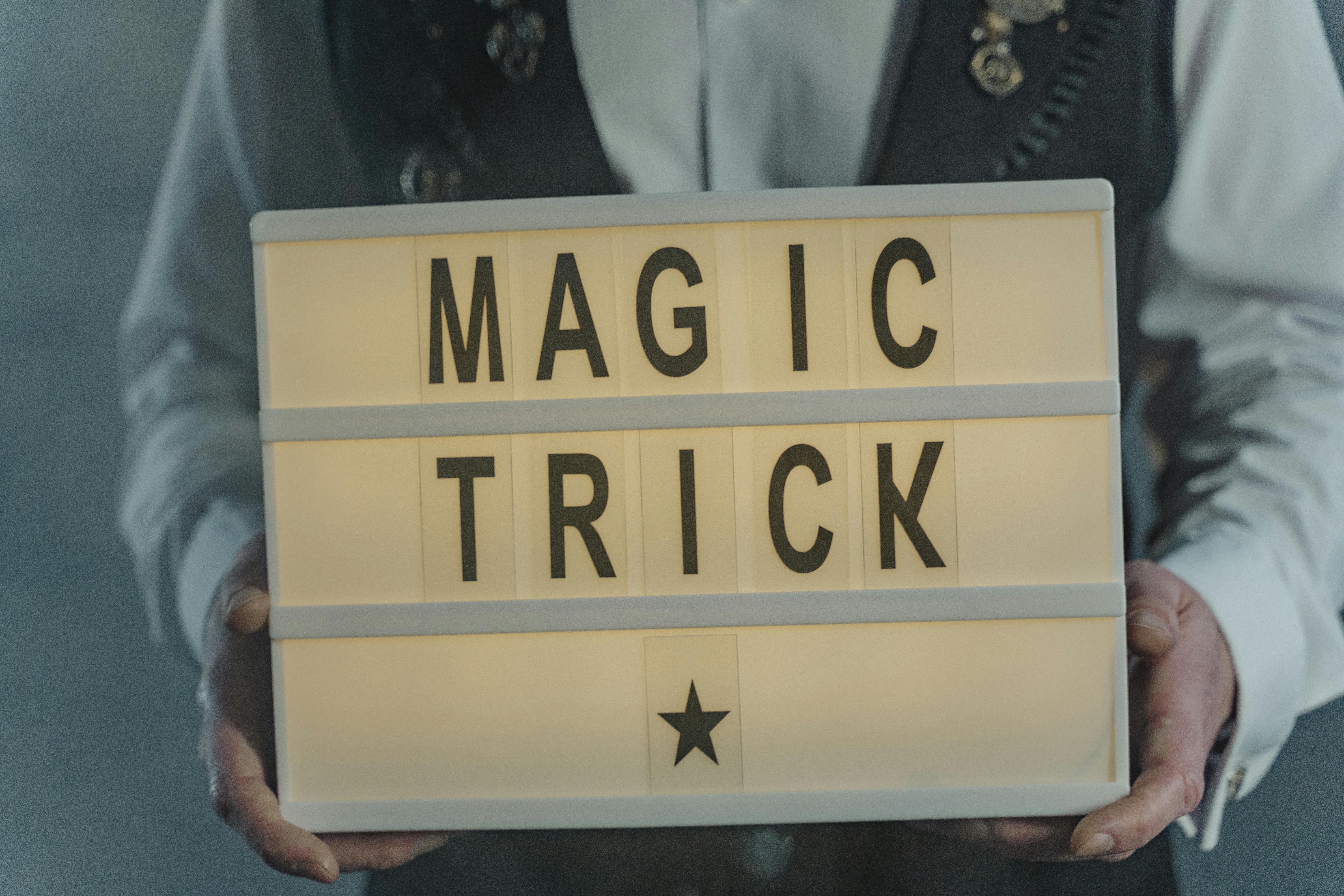Get rid of sharks
Are the sharks bothering you? To get rid of them, put some fish blood on a newspaper or paper towel and roll it into a ball. Throw it overboard and the sharks will go with the flow.
Many fishermen move too fast from one place to another. A hot spot is often overlooked. Don’t just toss a few times and move on, examine it thoroughly from the deepest point to the shallowest. Try at least two different lures / baits.
Fishing on the perimeter
Always test the perimeter edges first, rather than dropping the bait or lure in the middle. If you hook a fish in the middle, it will scare the others, but if you first “milk” the edges of the perimeter, then you can pass the unsuspecting in the middle.
Surf fishing
With surf fishing, remember that the fish are glued to shore, so make most of your casts parallel to the sand. Don’t send your cast too far.
The best tides range from half rise to half fall, especially at the beginning or end of the day. Of course, if there is bait, the predators will always be there, but it makes it easier if you fish during half tides.
If you fish in a cove, fish in the outlet water that carries the bait out to sea. This will keep the best action for strikes. Just let the water that comes out naturally wash off the bait.
Find a beach – they all have their share of structures like holes, cavities, rocks, reefs, and other things. These will keep fish, and locating them is critical if you want to be successful. Also find places where canals lead to deep water, which is often home to game fish. Fish often follow these deeper channels until they find food.
Fish aggressively by pacing and fishing in areas that appear to have fish. You can see the boils of the fish feeding in the hot spots and keep an eye out for the bait. Also observe the birds; They are one of the best fish indicators in the area.
Obviously, use the freshest live bait possible and change it frequently. You really want your bait to be on the bottom, with a lighter weight; This will give you the best opportunity to stimulate the blows.
When using lures, use ones that can be cast easily. Change often to reach different depths and experiment with the speed of recovery. Use a finer diameter monofilament line because it gives better action to both natural and artificial baits.
If you hook a large one, keep it in front of you as you roll it up, running as needed. As you get closer they will wear out a few times, just drop the tip and release. When you get really close, use the waves to get you even closer, syncing you up.
Fresh shrimp
When you have live shrimp to go fishing, it is important to make sure they are alive and kicking; they will catch more fish this way. Keep them uncrowded, well ventilated, and cool.
Use a cooler as a shrimp box. It has a strong cap that can double as a seat, a plug for easy drainage, and is well insulated to help protect against bait-killing heat.
Instead of using ice to keep the shrimp fresh, freeze the water in plastic bottles so that when the ice melts it doesn’t dilute the water and kill the shrimp.
When the shrimp aren’t getting hit, use brightly colored shrimp by killing them with food coloring. This will stimulate strikes if the regular colored shrimp are not working.
Shrimp bait
Using sand shrimp as bait is a great option because it is a popular food for bottom feeders. In addition, it gives a great aroma that will attract them.
Unfortunately, they are fragile and almost impossible to keep hooked.
Use a specially designed snap hook to hold soft baits like sand shrimp. The hook pin should go all the way around the back of the bait, leaving the tail and claws free to move. Some people use a few loops of lead wire, the kind used for weighing flies, to help hold the shrimp.
Template storage
Large saltwater insoles are not only heavy but bulky as well. Finding a place to store them safely and conveniently can be a problem. Use a five gallon plastic bucket with a lid. Just below the edge of the bucket, drill or drill equidistant holes in all directions. Place the templates inside, hanging them through the holes of their large hooks. Put the top back on; label the bucket and voila! Your lures are stored in a safe, untangled, and accessible container.
